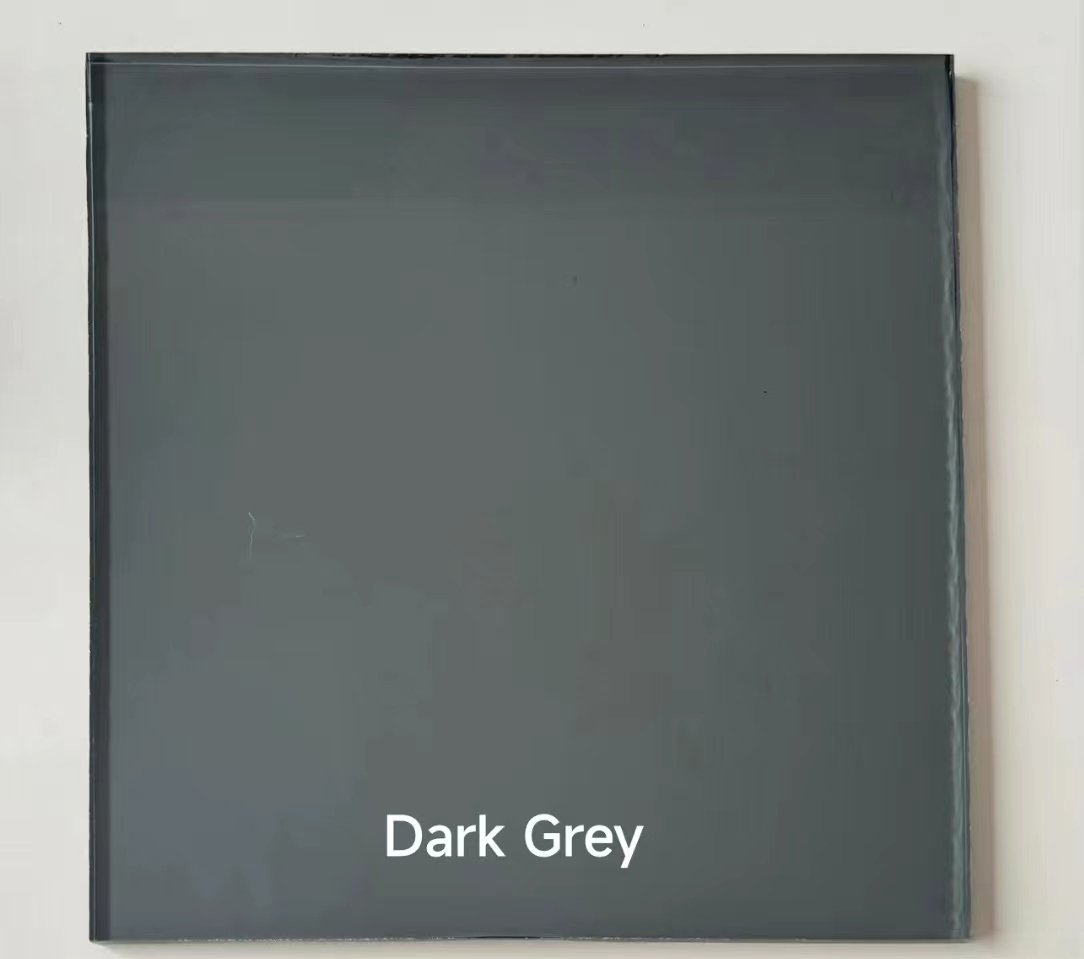

The Timeless Charm of Antique Silver Oval Mirrors
Antique silver oval mirrors hold a unique place in interior design, embodying the elegance and charm of bygone eras while adding a distinct character to modern spaces. The allure of these mirrors extends beyond mere functionality; they represent artistry, craftsmanship, and the stories of the past. In this article, we delve into the fascinating world of antique silver oval mirrors, exploring their history, design, and timeless appeal.
A Glimpse into History
The history of mirrors dates back to ancient civilizations, where polished metals like bronze and silver were used to create reflective surfaces. However, it wasn't until the Renaissance period that mirrors began to evolve into exquisite decorative items. The introduction of glass significantly improved the quality of reflections, and silvering techniques transformed how mirrors were made. By the 18th and 19th centuries, antique silver mirrors flourished, favored by aristocrats and the elite for their elegance and ability to enhance space.
Antique silver oval mirrors are often characterized by intricate designs and embellishments, reflecting the artistic styles of their respective eras. From the Baroque's lavish ornamentation to the simplicity of Neoclassicism, these mirrors showcase the craftsmanship of skilled artisans. They often feature detailed frames adorned with motifs such as floral patterns, curves, and scrolls, making them not just functional items but focal points of art in any room.
Design Elements
One of the most distinctive features of antique silver oval mirrors is their shape
. The oval form softens the harsh lines often associated with rectangular mirrors, adding a touch of sophistication to any setting. The curvature of the frame draws the eye, creating a sense of warmth and intimacy.
The silver finish, typically achieved through a process of applying a thin layer of silver to the glass, lends a reflective quality that can brighten any space. Antique silver mirrors often develop a beautiful patina over time, which adds character and depth. This weathered look is highly sought after by collectors and interior designers, as it speaks to the age and authenticity of the piece.
Placement and Use in Interior Design
Incorporating an antique silver oval mirror into home decor can dramatically enhance the aesthetic appeal of a room. These mirrors are versatile enough to fit in various styles, from traditional to contemporary. They can be used in living rooms, bedrooms, hallways, or even bathrooms, serving both functional and decorative purposes.
One effective way to utilize an antique silver oval mirror is to place it above a console table or fireplace mantel. This positioning not only creates a striking visual impact but also allows the mirror to reflect light, making the space feel brighter and more open. Moreover, it can be used in groups with other artwork or smaller mirrors to create an eclectic gallery wall that tells a story.
A Touch of Elegance
In today’s fast-paced world, where minimalism often reigns, the charm of antique silver oval mirrors offers a refreshing reminder of the beauty found in craftsmanship and history. They invite us to appreciate the details, the artistry, and the eras they come from. When you choose to bring an antique silver oval mirror into your home, you are not only enhancing your decor but also embracing a piece of history that can be passed down through generations.
In conclusion, antique silver oval mirrors are more than just reflective surfaces; they are timeless treasures that add depth, elegance, and character to any space. Their rich history, exquisite design, and versatility make them a coveted addition to both traditional and contemporary interiors. Whether as a statement piece or a subtle accent, these mirrors are sure to capture the attention of all who enter and remind us of the enduring beauty of the past.